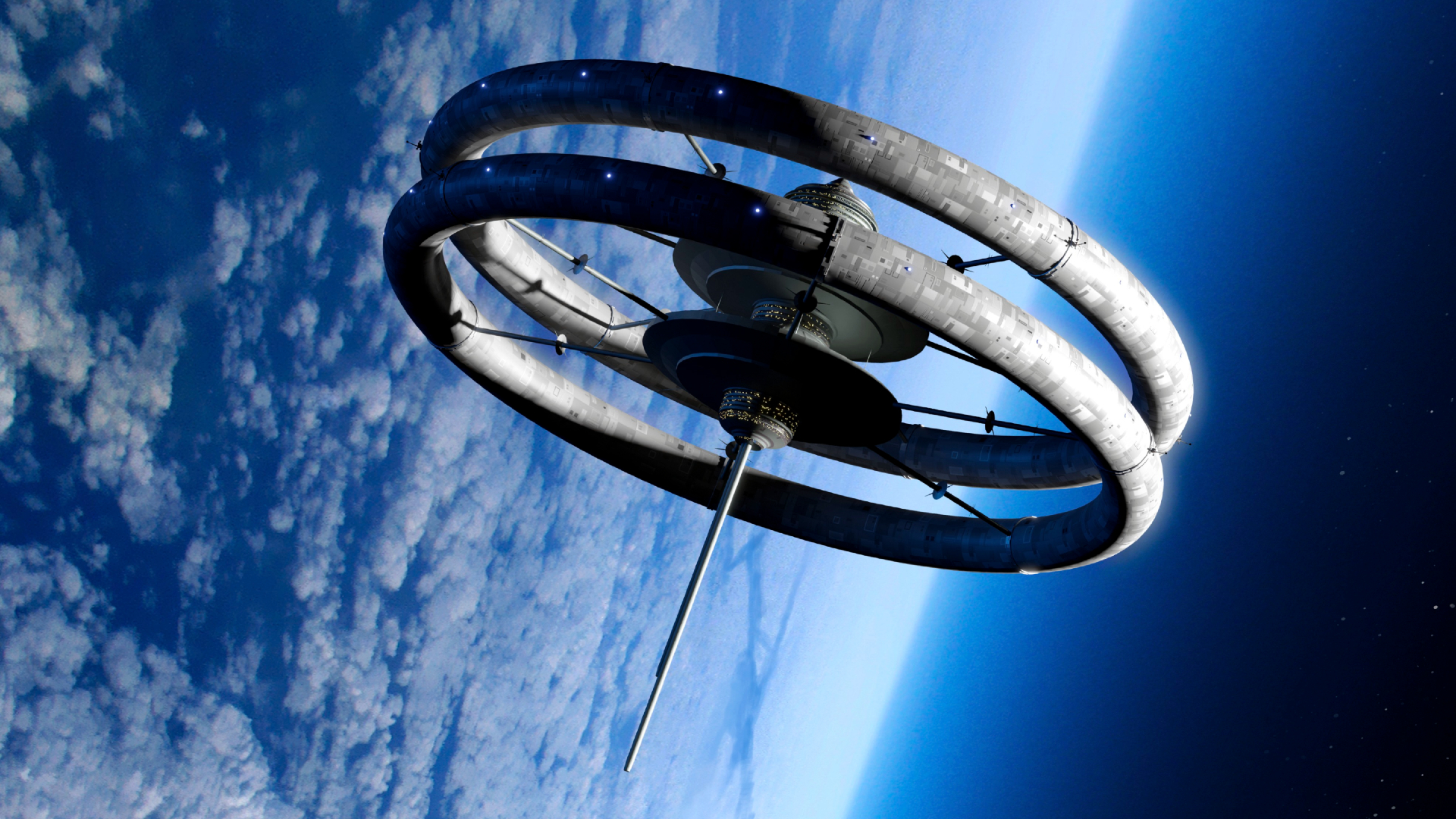New Radar System Developed To Monitor Space Weather
WASHINGTON - Scientists are one step closer to developing radar technology that will make more accurate measurements of space weather conditions possible.
The technology, the Advanced Modular Incoherent Scatter Radar (AMSIR) system, was successfully field tested this month by SRI International, a Menlo Park, Calif.-based nonprofit research institute that conducts contract research and development for government agencies, businesses and foundations.
The AMSIR project is made up of three separate systems, which scientists call "faces," each of which uses phased array technology to measure the density and movement of electrons and ions in the ionosphere, at distances between 80 kilometers and 1,000 kilometers up in the sky.
Space weather is the term used to describe those conditions and processes in space that can have an effect on Earth's environment, including solar flares, coronal mass ejections from the sun, and changes and disturbances in the Earth's and interplanetary magnetic fields. Space weather can have detrimental effects such as disrupting power grids and causing interference with satellite communications.
"This is something that has been available on the military side for quite awhile," said Craig Heinselman, principal investigator for SRI International.
AMISR is unique; unlike other space weather radar systems that have to move large quantities of hardware around to view different angles, AMISR can look in multiple directions at the same time, which proves a significant advantage for data collection, Heinselman said.
"When you're looking at just one spot in the sky and something appears, you don't know if it was formed there, if it was generated there or if it just drifted in," Heinselman said. "AMISR can see both what's forming and what's drifting in."
Breaking space news, the latest updates on rocket launches, skywatching events and more!
Essentially, AMISR can change directions almost instantaneously, compared to the several minutes it took to do this before, said Robert Robinson, program manager for upper atmospheric facilities for the National Science Foundation (NSF).
Robinson said most existing network radar systems are based on World War II technology rather than solid-state electronics. AMISR's upgraded technology will eventually allow it to be operated remotely, which would be beneficial for educational purposes, he said.
Another one of AMISR's advantages is that it is transportable, unlike stationary systems that currently are located in areas such as Peru and Greenland.
"You can actually take it to chase the interesting science," Heinselman said.
Portability is essential when dealing with space weather, which requires a lot of "big picture" observation, Robinson said.
"Upper atmospheric science is kind of a global science, and we need to know what's going on in different parts of the globe," he said. "Our existing network of radars goes from the equator to high latitudes, but we do have some gaps."
SRI International has been constructing the AMISR in house, at SRI's headquarters in Menlo Park, Calif.
The project is funded by a four-year, $44 million grant from NSF. Work began on the project last year.
This fall, SRI expects to have a quarter of one radar system up and running in Poker Flat, Alaska, and the first face of the project completed by spring. The other two faces will eventually be stationed in Resolute Bay, Canada.
"Each of these faces has about 4,000 antennae on it, and can operate independently as a separate radar," Robinson said, adding that two will be located in Canada initially because more spatial coverage is needed in the area.
"The real excitement will be when the first face is up and running. That's when the ?Wow' stuff is going to be appearing," Heinselman said.
AMISR will help answer questions such as what happens when a meteor burns up in the atmosphere, Heinselman said. In addition to the variety of pure-science information it will uncover, it can measure large currents that arise from the movement of free electrons, which can end up having negative effects on power grids, and take a closer look at how irregularities in the density of electrons can interfere with satellite communications.
At high altitudes, electrons in the ionosphere can become energized and physically harm spacecraft, Heinselman said. Little is known about how this happens and when it happens, and AMISR will paint a clearer picture of why such damage occurs.
Better space weather data can help with the operations of communication and navigation systems, surveillance, and even ground-based power systems, Robinson said.
"The application for that is that we'll eventually understand the variations and be able to see the atmosphere well enough to predict them," Robinson said.
Once it is up and running, AMISR will be used during "world day," a day each month when various radars in different areas of the world coordinate their observations in order to measure the same quantities from different locations. Robinson said right now the four U.S.-operated radars, two European radars and a Russian radar participate in world day.
Missy is currently Cities Director for Eater where she run a department of 25 city sites and roughly 50 employees since joining the company in 2020. Her previous experience was as Cities Manager and editor of Eater DC, penning pieces on the Washington restaurant scene. Her work has been featured in Space News, The Washington Business Journal, DCist, The Washington Examiner, CD Publications, and The Southampton Press. In addition to her science writing, Missy has spent 17 years as a theater critic, earning her a fellowship with the National Endowment of the Arts.
